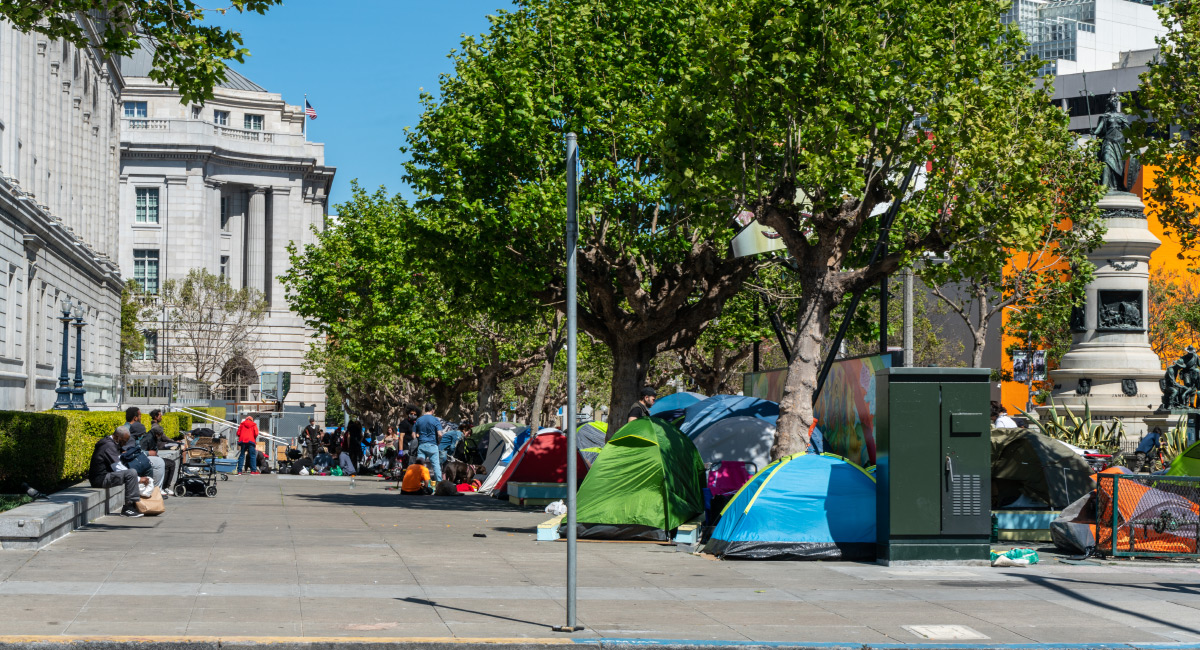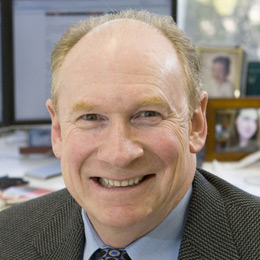San Francisco has the highest per-capita budget of any major city in the country. At $15,650 per person, it is about 40 percent higher than Bill de Blasio’s over-the-top New York City budget. You would think San Franciscans would have wonderful city services coming out of their ears. Wrong.
San Francisco represents perhaps the greatest failure of governance in the country, and with this failure comes enormous waste, inefficiency, and dysfunctional politics. Beginning with providing tent living for the homeless, which costs about $61,000 per individual per year. This is not a typo. Not one too many decimal places. Remember, this is San Francisco, which squanders money at a rate that makes your head spin. San Francisco’s enormous spending on homelessness has worked about as well as throwing gasoline on a fire.
The city’s 2020–21 budget for the Department of Homeless and Supportive Housing is about $852 million. To put that in perspective, Sacramento’s city budget is about $650 million, which covers all public services for their population of over 500,000.
San Francisco estimates about 8,000 homeless living in the city. The $852 million budget works out to about $106,500 per homeless individual. Just imagine how much medical treatment and housing could be provided at that level of support. But how the budget is spent would be comedic if the problem weren’t so tragic.
During the pandemic, San Francisco distributed 262 tents across six locations. These tents are sheltering just over 300 people. I don’t know how much the city paid for these tents, but one can purchase a perfectly fine, very large tent from REI for about $400. The annual budget for these tents is $16.1 million, which comes out to about $61,000 per tent per year. This includes meals, bathroom facilities, and security.
City supervisors were taken aback when the interim head of San Francisco’s homelessness department handed them the bill and reported that the cost wasn’t eligible for FEMA repayment. If they had been housed in a hotel, FEMA would have covered the expenses, but apparently not for tents that flap in the wind. Whoops. As in a double whammy, $16.1 million whoops. And as if it were OK for supervisors to waste taxpayer money from the rest of the country had it been FEMA eligible. You know the old saying about playing with other people’s money.
Before you say “replace the interim director” and “vote out the supervisors,” you should also know about the 24 “pit stops” that have been installed within San Francisco. These are self-contained, semi-permanent public restrooms across the city. The average annual operating budget for each is about $350,000 per year, which includes maintenance, security, and supplies (you know, toilet paper).
The cost includes 24-hour security to prevent the pit stops from being used for drug use, drug transactions, and prostitution. And the maintenance budget is expensive for reasons you might be able to guess.
Surely there must be ways to economize here. Some of the most remarkable and creative minds in high technology live in San Francisco or 40 miles down highway 280 in Silicon Valley. What about protected security cameras? What about self-cleaning toilets? What about incentivizing the users of the facility to keep it reasonably clean? And why does the city suddenly care about preventing drug use when nearly all of its policies for the last two decades have essentially let drug users be who they are?
Herein lies the fundamental problem with San Francisco’s homelessness policies. Housing is incredibly difficult and expensive to build. As in year after year of delays in permitting, and as in incredibly expensive construction costs, as much as $750 per square foot of below-market-rate housing. You know, the housing that is called “affordable.”
Couple San Francisco’s housing issues with perhaps the country’s most lenient drug use policies, including failing to prosecute drug sellers of Fentanyl, and you have a long-term homeless population whose composition largely reflects individuals with severe addiction issues and mental and physical illness. Voilà, welcome to San Francisco today.
Drug use is tearing up the city and its budget, and drug use is also destroying the lives of many users. What to do? Focus on treatment facilities well outside of outrageously expensive San Francisco. Trace individuals to their families and friends and help them reclaim these individuals. Stop making San Francisco a drug haven for those who wish to continue their addictions with the implicit blessing of local government. Only then will San Francisco restore itself to the remarkable city that it once was.








